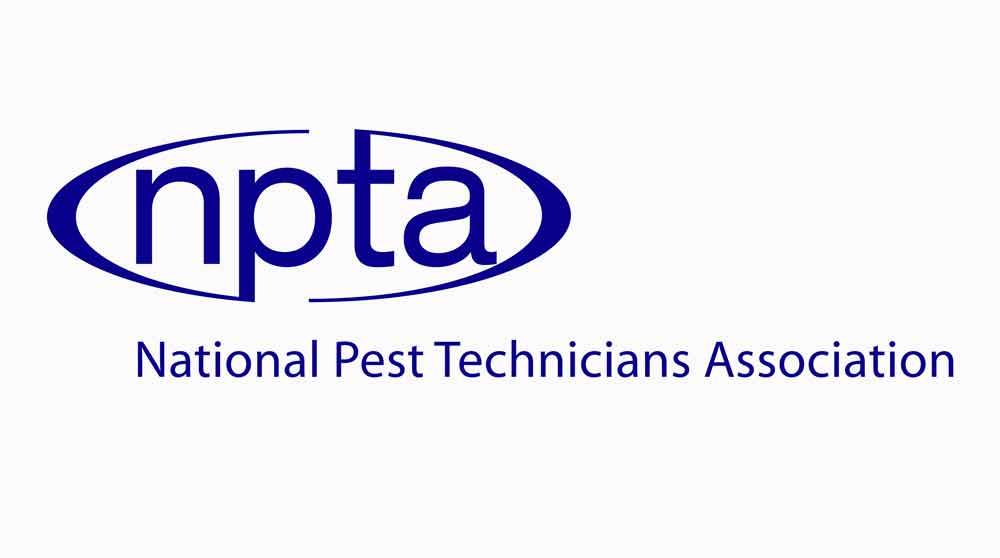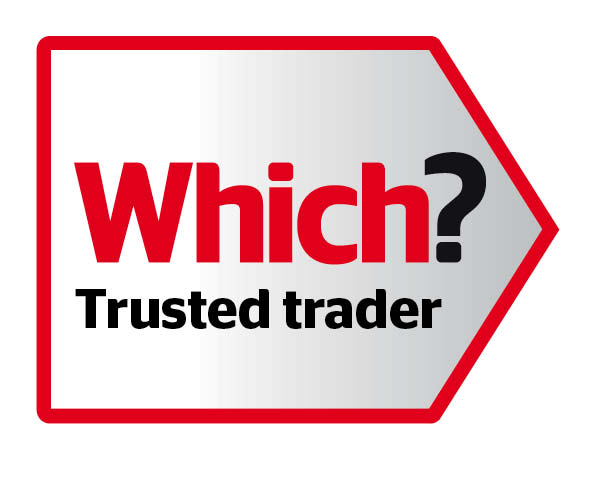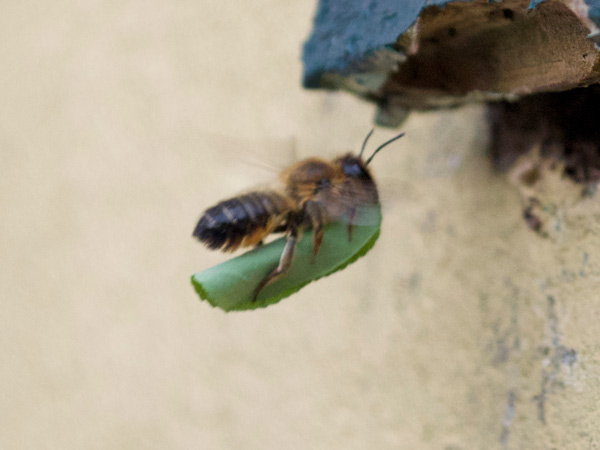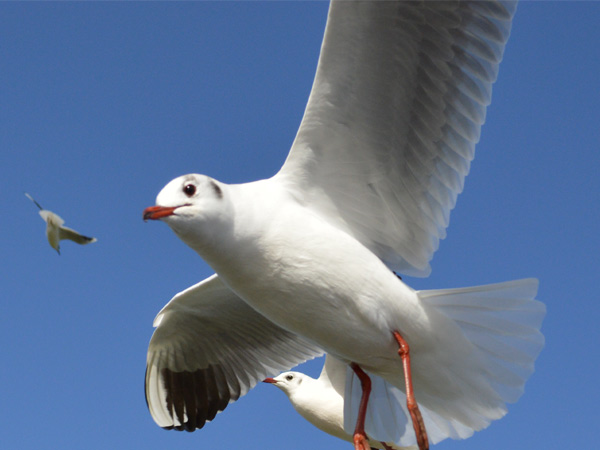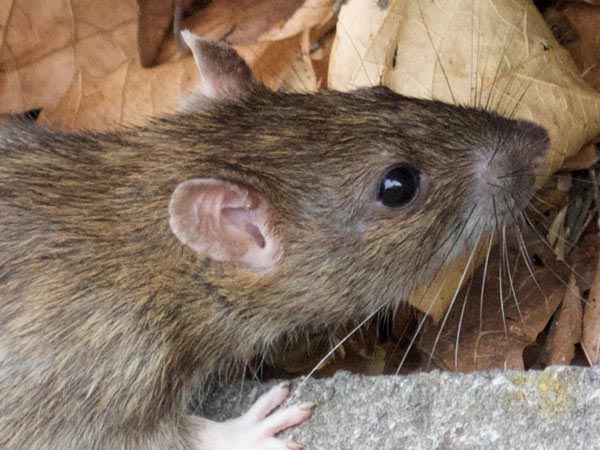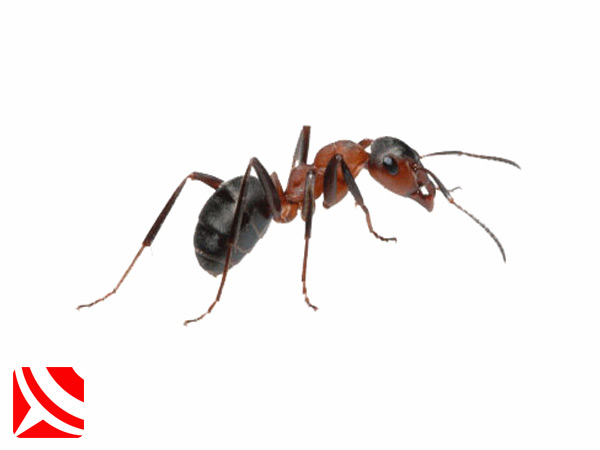Clothes moths in UK homes are associated with more than just moths eating clothes, but with all sorts of natural fiber textile products. The moths don't feed on the textiles - it's only the larvae of the moths that do this.
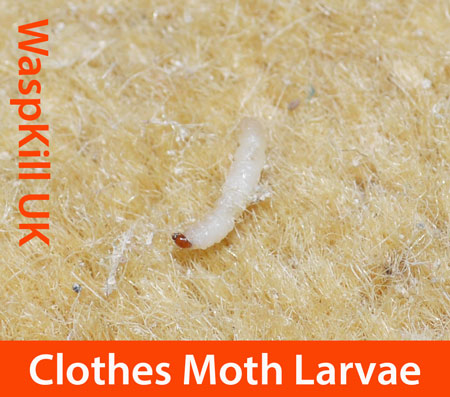
What Damage Do Clothes Moths Create?
The larvae feed on the natural fibers of the garments and other products that are quickly destroyed and commonly covered in a very fine web or silk.
it's very common for damage to take place in areas out of sight. These areas might include the space under your bed, under large items of furniture, between densely packed garments in closets, chests of drawers and airing cupboards etc. Moths in clothes is extremely common, covert and damaging.
In fact, almost any location that receives little or no observation can be at risk, so it pays to deep clean a property at least once every six months.
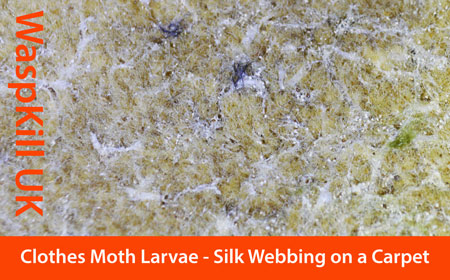
Where Do Clothes Moths Come From
The Common Clothes Moth is active in the environment and in peoples homes throughout the year. If conditions are conducive, then populations can become full blown infestations more quickly than you might imagine
They are closely associated with dead rodents, birds and the nests of birds and rodents where the larvae feed amongst the fur and feathers.
Other common sources include basements and attics where neglected and forgotten textiles, clothes, carpets, rugs and flooring samples are quickly forgotten - perfect for clothes moths.
Where Are Clothes Moths In The House?
Clothes moths are common in areas where an abundant and crucially, an undisturbed food source is available. For this reason they are found in the low footfall areas of our homes: behind doors, under and behind shelves, drawer units, sofas, TV cabinets and display cases etc.
This is where rich deposits of Keratin based dust builds in abundance to nourish the hungry larvae that easily escape the vacuum cleaner because of unintentional neglect. Housekeeping and deep cleaning are as much of the end solution as pesticides are.
Properties with exposed floorboards are also problematic because the dust, debris and moths are hard to access beneath without damaging the floorboards when lifting them. The boards can be sealed, and this can cost more than replacing the damaged boards - its a tough call sometimes!
How Can We Get Rid Of Clothes Moths?
Clothes moths are among the most annoying insects because they fly around you at night while you're working or trying to watch TV. Sadly no treatment will stop this activity quickly! The larvae are very easy to destroy using residual insecticidal sprays, but the moth pupae can take months to hatch.
Once hatched, the moths can usually bypass any chemical in the carpet and start flying around you. The best option as already mentioned is deep cleaning. Deep cleaning requires persistence and a vacuum with a rotary brush to separate and lift the carpet pile.
Most vacuums of this kind are upright and not compact, but it's usually worth the extra investment.
Once the the property is clean, we can apply a residual insecticide to the affected areas to destroy and kill any hidden populations of larvae, but as mentioned above, the adult moths are unlikely to disappear permanently.
Do Clothes Moths Bite?
No - Clothes moths do not have the ability to bite and neither do the larvae.
Do Clothes Moths Carry Disease?
No - We have no evidence to support a thory that these moths could spread or carry diseases transmittable to humans or your pets.
